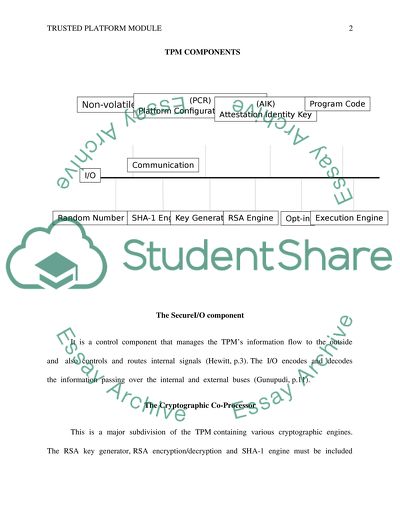Cite this document
(“TPM components, TPM keys Research Paper Example | Topics and Well Written Essays - 1000 words”, n.d.)
Retrieved from https://studentshare.org/information-technology/1459193-tpm-components-tpm-keys
Retrieved from https://studentshare.org/information-technology/1459193-tpm-components-tpm-keys
(TPM Components, TPM Keys Research Paper Example | Topics and Well Written Essays - 1000 Words)
https://studentshare.org/information-technology/1459193-tpm-components-tpm-keys.
https://studentshare.org/information-technology/1459193-tpm-components-tpm-keys.
“TPM Components, TPM Keys Research Paper Example | Topics and Well Written Essays - 1000 Words”, n.d. https://studentshare.org/information-technology/1459193-tpm-components-tpm-keys.


